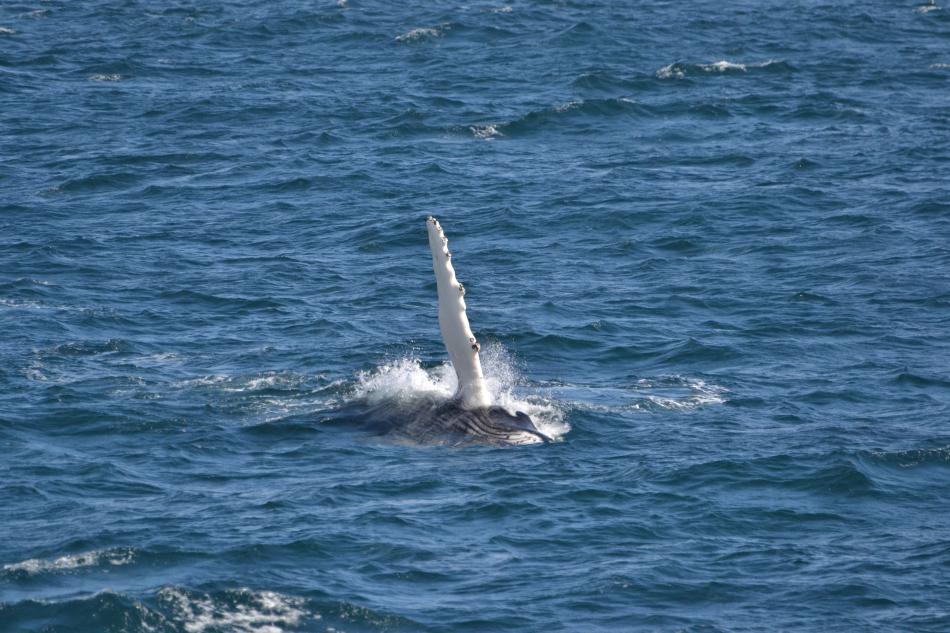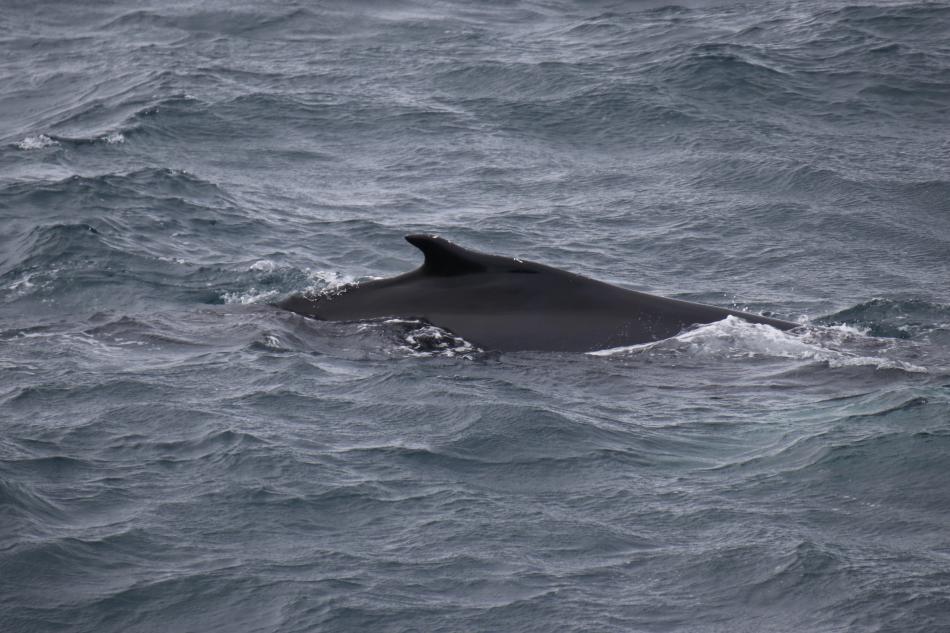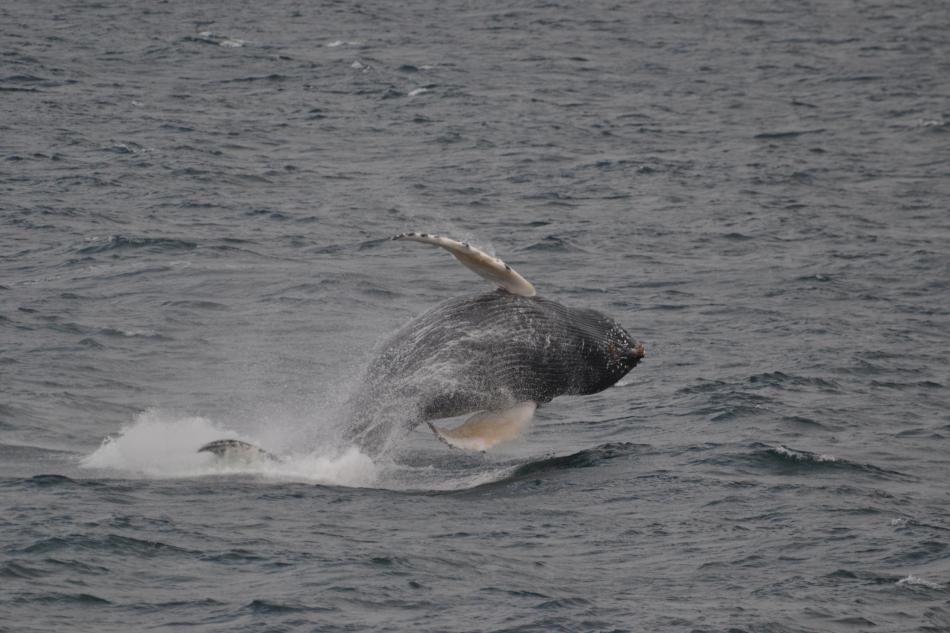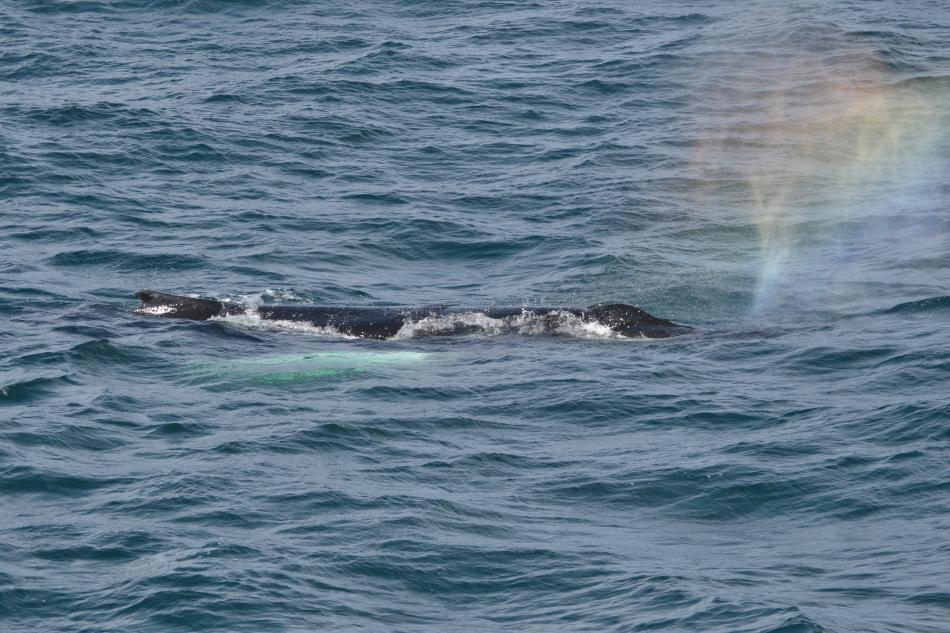Tuesday, 14 June 2022
Today we will be operating on our lovely vessels Eldey and Elding for the 09:00, 10:00, 13:00, 14:00 and 17:00 Classic Whale Watching tours. Make sure to dress appropriately for the tours as it is always colder on sea than on land. If you are prone to seasickness, please consult with our team prior to boarding.
- CLASSIC WHALE TOUR | 09:00
- CLASSIC WHALE TOUR | 10:00
- PREMIUM WHALE TOUR | 10:00
- PREMIUM WHALE TOUR | 12:00
- CLASSIC WHALE TOUR | 13:00
- CLASSIC WHALE TOUR | 14:00
- PREMIUM WHALE TOUR | 14:00
- CLASSIC WHALE TOUR | 17:00
Join today's tours:
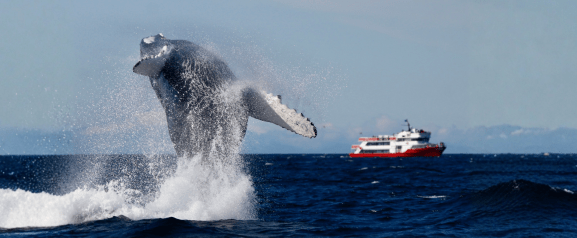
This is the original whale watching tour from Reykjavík! Join our highly enthusiastic and experienced team in the search for whales, dolphins and birds of Faxaflói bay! Most common wildlife encountered are humpbacks, minkes, dolphins and porpoises.
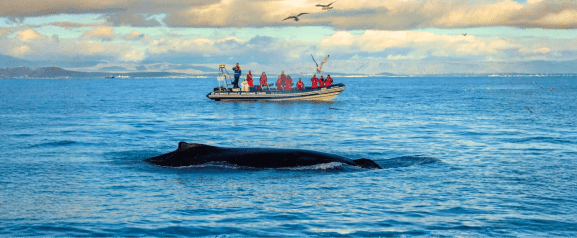
An exhilarating premium tour starting from the Old Harbour in Reykjavík, with daily departures from 1 Apr - 31 Oct. A personal, small group tour with only 12 person per boat, a specially trained wildlife guide and a certified RIB boat captain.
CLASSIC WHALE TOUR | 09:00
Report from Eldey: With some southerly winds blowing into the bay and a bit of swell, we were prepared for a relatively rocky adventure out at sea today. At the same time, we were also excited to see if the abundance of animals we have been seeing lately were still hanging around Faxaflói. After a bit more than half an hour, we spotted the first blow... a humpback whale was feeding (probably) in this area. This individual was surfacing unpredictably: sometimes far away from the boat, sometimes unexpectedly close. As we felt the behaviour was a bit elusive, we decided to let this humpback whale be and continued our quest to some other animals. We spotted another blow further out, and then some big splashes in the distance. Those splashes were made by a breaching whale (!) and we could see the body come out of the water from far away. When we reached the area the humpback had calmed down and stayed underwater for a bit longer, but was sometimes surfacing within a few meters from the boat! After this incredible sighting, the tour wasn´t over yet - the best was yet to come... Two humpback whales were swimming closely together, pectoral slapping and rolling on their side to show us their flukes. As if that wasn´t enough, 10 white-beaked dolphins accompanied them, leaping playfully in the air and riding the bow of Eldey. On the way back we encountered 3 more white-beaked dolphins, and then we sailed back to Reykjavík on a smoother sea.
CLASSIC WHALE TOUR | 10:00
Report from Elding: We left this morning and were faced with intense winds as soon as we got out of the harbour. However we were all in good spirits and were prepared for the cold in our cozy overalls. We sailed about 40min before finding a very elusive humpback whale. We stayed with it for a few minutes but as it went for long deep dives, we decided to try our luck elsewhere. After only a few more minutes of sailing we spotted another blow! This whale went for a deep dive as we were arriving which gave us time to catch up. We waited and it came up again, very close to us. It came up multiple times before showing us its fluke again. As we were waiting we saw another blow! Another humpback whale! This one came close to us as well, and we were surprised to see it was actually two! Just as we were about to head back, a breach! We watched for a bit, but it was much calmer now and we realised it was another pair! We ran out of time, and headed back to Reykjavik still seeing blows on the way home.
CLASSIC WHALE TOUR | 13:00
Report from Eldey: It did not take us more than 40 minutes to spot our first humpback whale. We got to have a fast look of the large body of that animal before it disappeared again in the ocean. We quickly decided to move toward another individual, as the first one kept on putting a bit more distance between its body and the boat. Not that we did not want to stay, but to respect the whales, nature, and our code of conduct we decided to continue our way, in accordance with the elusive behaviour of the animal. We then continued our sail and spotted a lot of different humpback whale blows as we went. We might have seen roughly a good 5 individual humpback whales. We also had the company of white beaked dolphins for a few moments, a small pod of 5 or less that just decided to stay around for a brief amount of time. For one hour we kept seeing numerous blows, but towards the end of the tour we had our most interesting sightings: 2 humpback whale individuals slapping the water with their long pectoral fins and impressive flukes. After a deep dive we had the luck of observing one of these whales from very close as it decided to surface right by the vessel, barely a few meters away. We observed it until seeing a beautiful fluke dive, this is when it was time to go back toward the harbour. On our way some of us even got the luck of catching a glimpse of a breaching whale about 200 meter from the boat (the whales were full of surprises today). We stopped to hopefully see it again, but as it did not appear again we continued our way with a lot of nice memories of humpback whales. Then on the way towards Reykjavík, they had one more surprise in store for us, as there was another individual just between Akurey and Engey, about 15 minutes away from the city!
CLASSIC WHALE TOUR | 14:00
Report from Elding: The wind picked up since this morning, making the sea quite choppy. We had a bit less than an hour of rain in the start of the tour but after that it was even a bit sunny. After half an hour we observed a blow in the distance and approached the area. We waited a long time before the humpback whale resurfaced further away, closer to Reykjavik. We followed it but when we arrived in a closer range it was already gone for a new deep dive. We repeated the same a couple of time before we manage to see the whale from closer, seeing this majestic beast taking 4-5 big breaths before going for a deep dive and showing us its tail. Very happy to see that we decide to try again thinking than maybe it would be easier to see it. But the animal completely disappeared. We went further south to try to find more individuals or other species but we did not find anything. We came back to Reykjavik crossing many species of birds like Arctic terns, puffins, a northern gannet and many fulmars.
CLASSIC WHALE TOUR 17:OO
Report Eldey : It was rainy as we left the harbour but we were really hopeful we would see some whales again given the great sightings we had throughout the day. And for that tour, great was an understatement, after 1hour we saw a humpback whale breaching in the horizon. That individual whale just would not stop breaching, it was incredible to see. As we got closer we identified that whale as the one we know in the Elding photo Identification catalog as Liney, which actually did not surprise us much as Liney is really well known to be extremely acrobatic and really inquisitive around boats. We got to observe her constant impressive breaches for a good 20 minutes, unusual as well to have that many on such a long time. After 20 minutes when Liney started changing direction we decided to leave her and explore a bit more the area and saw a humpback whale breaching in the horizon. As we got closer to the whale, a pod of 5 or so harbour porpoises joined the boat for a few minutes. After more breaches we observed a bit more that whale before it went for a deeper dive. That is when we went toward her third blow, this other individual humpback though did not want to stay around the vessel so we decided to leave it to respect the whale and go back toward the harbour. On our way back we crossed path again with Liney that started to do more breaches and some impressive pedoncle throws. After just a few moments with friendly Liney, we took bnack the direction of Reykjavik under some light rain and pretty rainbows. This was definetely one of the best whale watching trip i have ever went on in my life.
Whales seen on today's tours:

The Humpback Whale is quite spectacular undergoing the longest migration of any mammal (5176miles/8334km one way), attracting females by singing to them and of course their energetic nature. On many occasions humpbacks have been seen breaching, tail slapping, fin slapping, blowing bubbles and spy hopping just to mention a few. The humpback is also one of the larger whales we encounter

The white-beaked dolphin is the most common dolphin found in the surrounding waters of Iceland and is seen not only in the summer but winter too usually in larger numbers, hundreds sometimes. When feeding they show energetic behaviour such as breaching out of the water and coming down with a big splash and bursts of fast swimming.

The Harbour Porpoise is the smallest and most abundant cetacean around Iceland. They are usually shy but occasionally they come and play around the boats. They can be relatively hard to spot from a distance due to their size and their abundance depends entirely on the food availability of our shores since they are opportunistic feeders.
Birds encountered during today's tours:
Common guilllemot, Atlantic puffin, Arctic tern, Greylag goose, Black-legged kittiwake, Herring gull, Lesser and Greater black-backed gulll, Eider duck, Northern gannet.
Birds seen on today's tours:
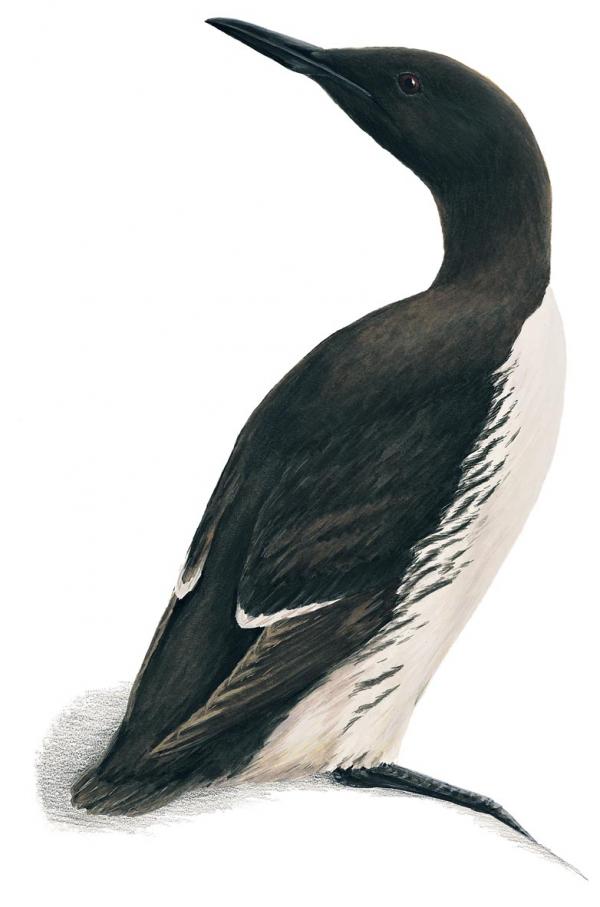
Guillemots are observed in there hundreds if not thousands on the sea and are a close relative of the Puffin. They are one of the deeper diving seabirds diving to a staggering 230m deep for their food but usually only dives between 50-100m.

Puffins are part of the Auk family of seabirds that also include razorbills and guillemots. They can fly, swim, and dig burrows and are one of three species of puffin in the world. Over half the world’s population of Puffins comes to Iceland to breed. Iceland also has the largest Atlantic Puffin colony in the world. The Westmann Islands in the south has about 700,000 nesting pairs.
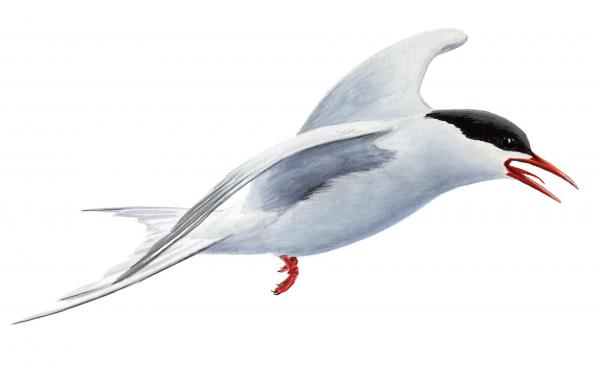
The arctic tern undergoes the longest migration than any known animal on the planet. Every year they travel about 70,900 km (44,300 miles) from the Arctic to the Antarctic and back again. One chick ringed on the Farne Islands in June 1982 was found in Australia in October, travelling about 22,000km (13,640 miles) in just 3-4 months.
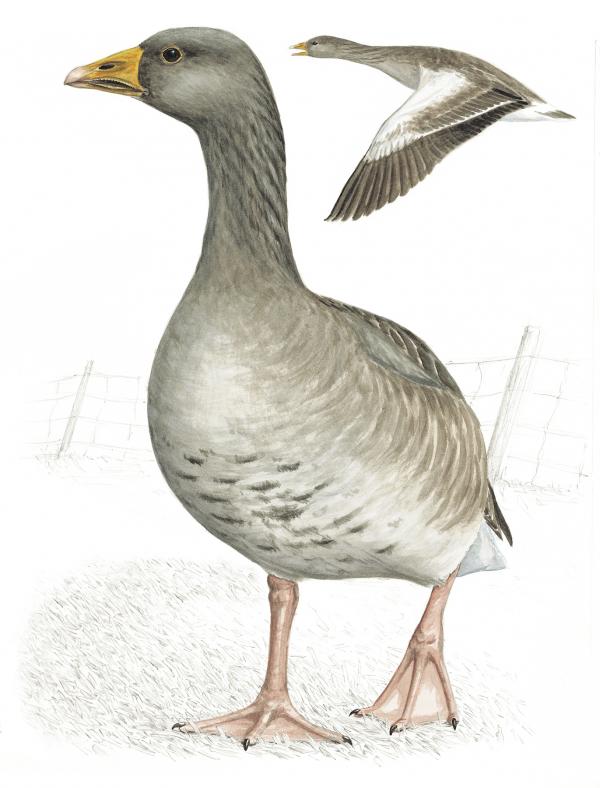
These are frequently seen on the two Puffin colonies we visit Lundey/Akurey. When in flight they are usually in their V or line formation taking turns to lead. This formation that geese fly in is thought to reduce drag or air resistance thus making it more aerodynamic and allows them to fly long distances will little effort.
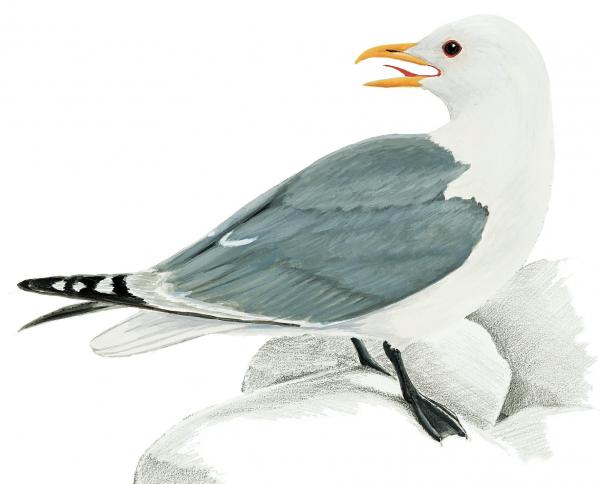
There are two species of Kittiwake the Red-legged Kittiwake and the Black-legged Kittiwake. In Iceland we only have the Black-legged species so they are just called kittiwake. They nest on ledges of cliffs and rocky islands with usually a variety of other seabird species.

There are two forms of black backed gull, the lesser and the great. The great black-backed gull is identified with its yellowish legs whereas the lesser black back has pinkish legs. The great black-backed gull is the largest of the gull family (Laridae). The red spot on the bill is for the chicks to have a focal point when the parents regurgitate their food.

The eider duck is the most common duck in Iceland and can be seen along the coast and in some lakes close to the ocean. The down (small feathers they use to line their nests) was collected as far back as the 14th century and almost lead to their extinction in the 19thCentury.
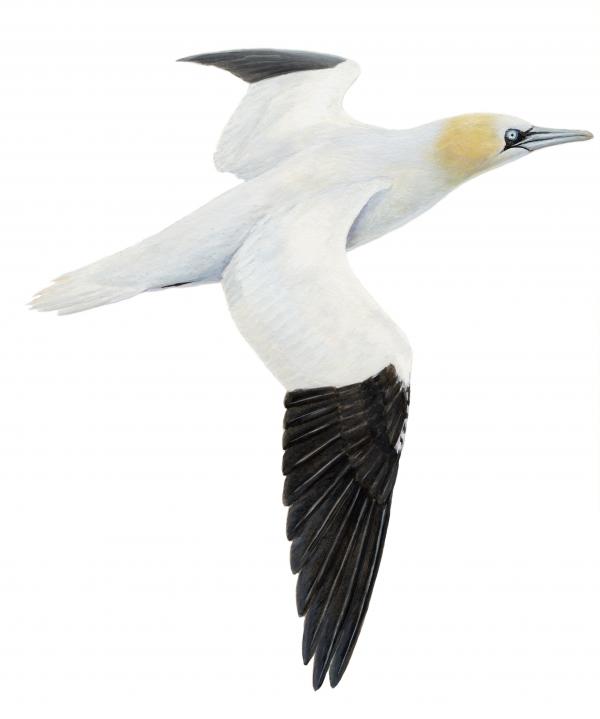
We have one of the largest northern gannet colonies in the world just 10 miles of the Reykjanes Peninsula called Eldey (Fire Island). Roughly 25,000 pairs breed on this island every summer.
Request photos from your tour:
Our guides do their very best to take photos on our Classic Whale Watching tours to share with our passengers. Please email elding@elding.is to see if any photos were taken on your tour.

